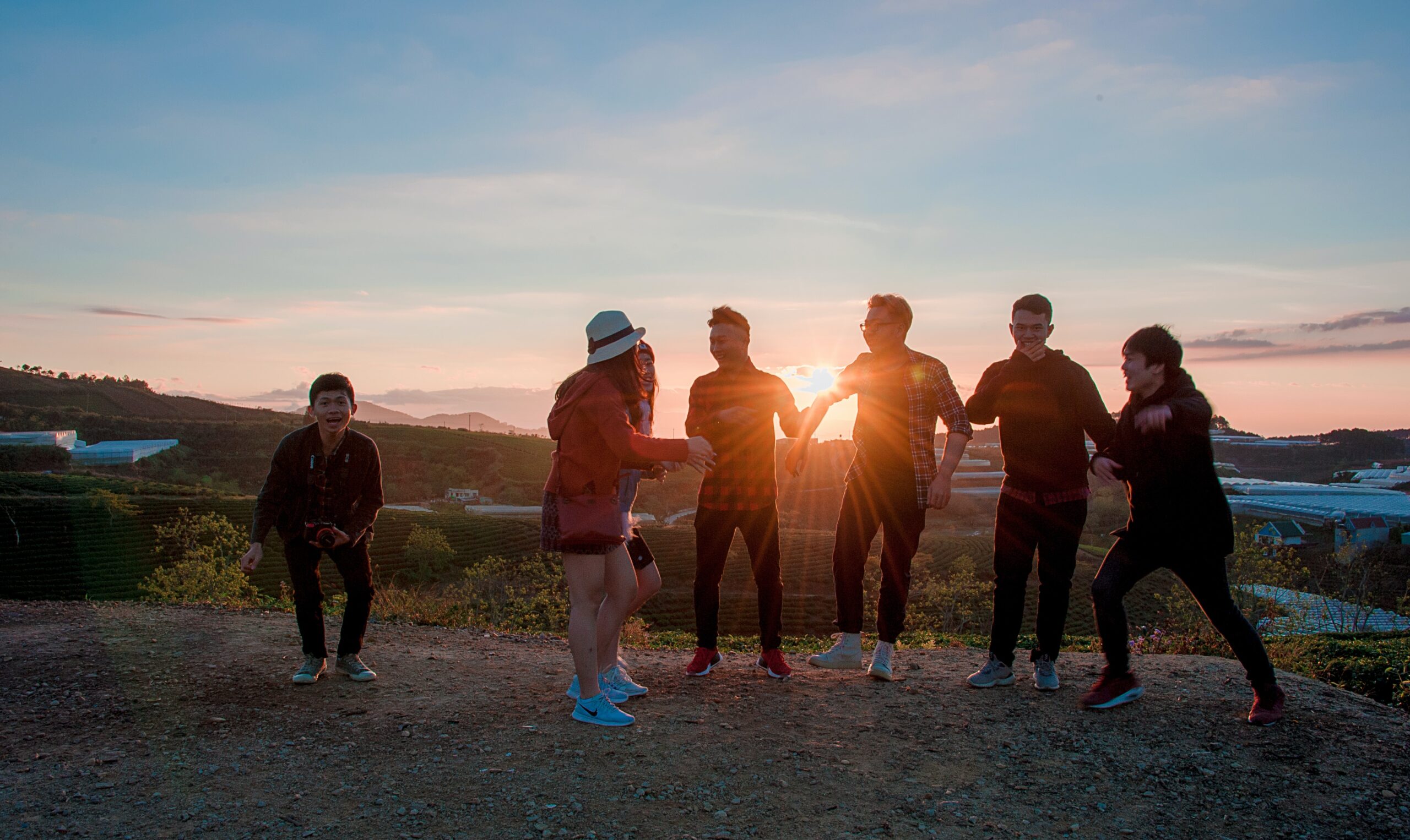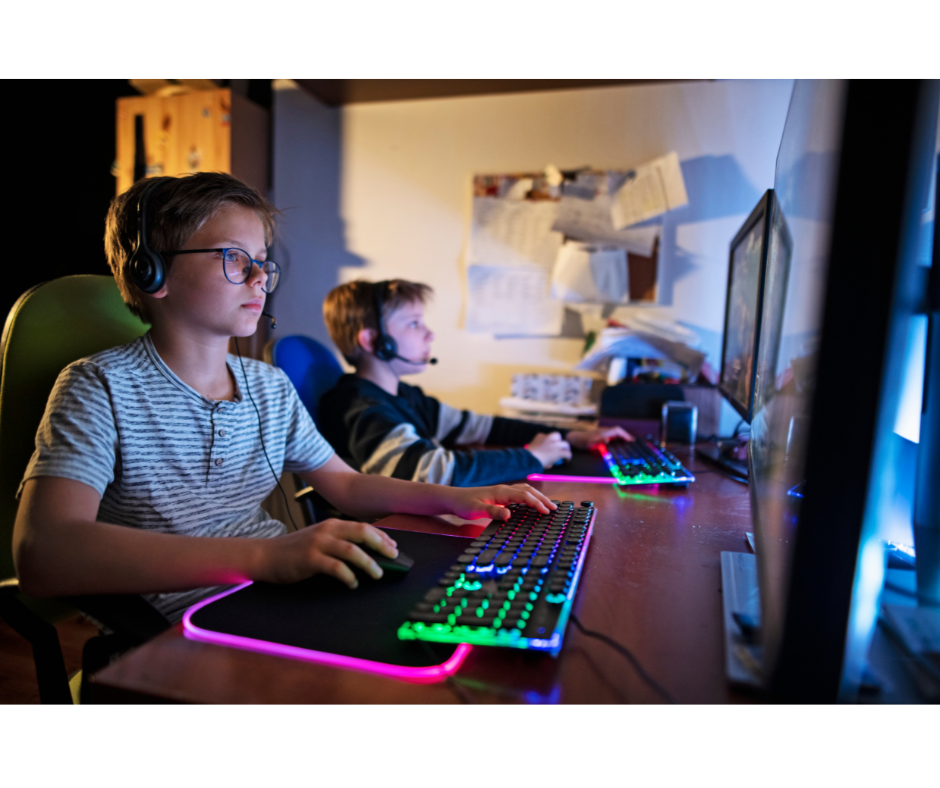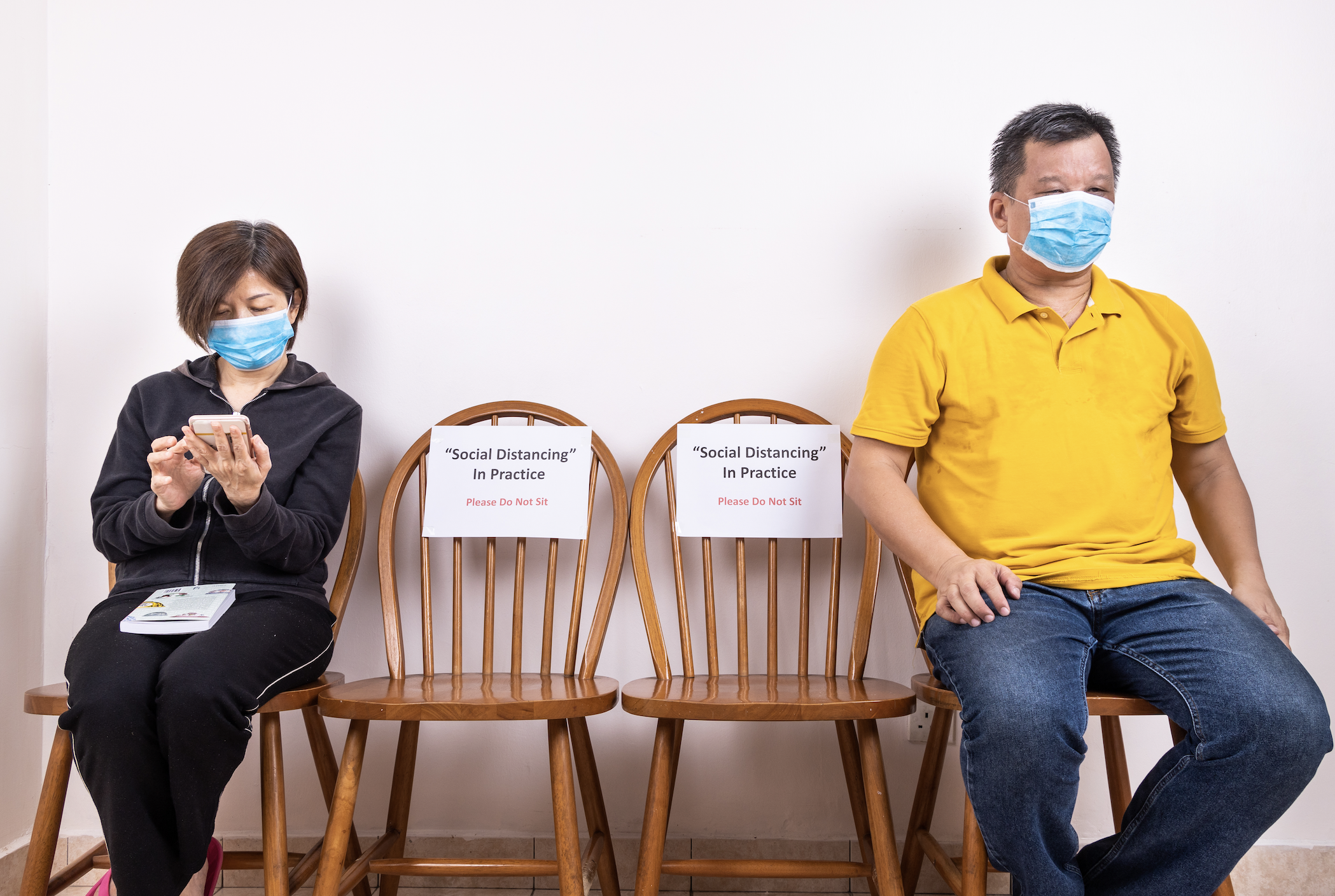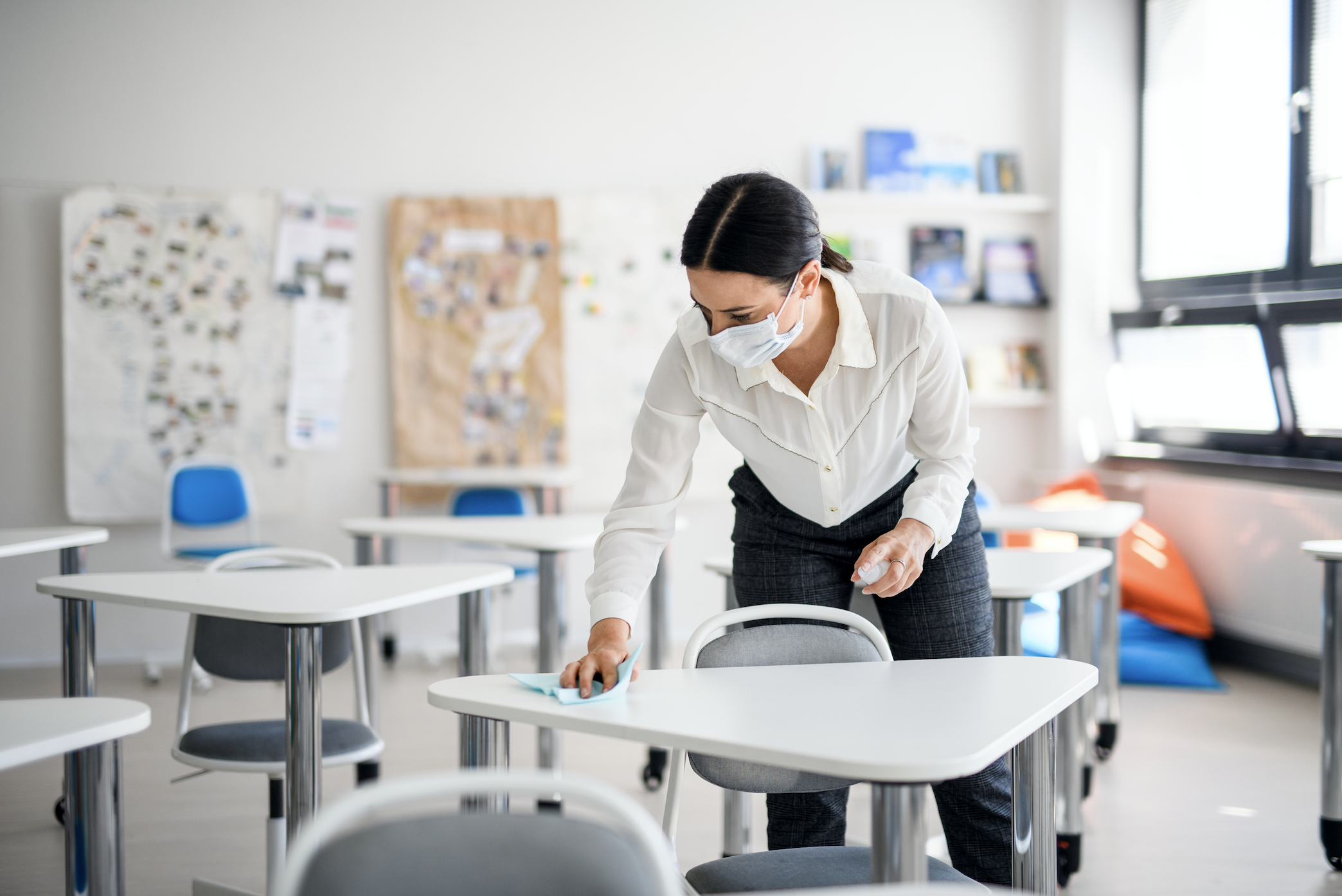
Two Important Decisions School Administrators Must Make This Fall
History is full of stories of leaders who each faced a crucial fork in the road and made a courageous decision. Want a few modern examples?
- Admiral Jim Stockdale chose to injure himself by cutting his face and butchering it with a stool so he could not be portrayed as an unharmed, healthy Prisoner Of War in Vietnam.
- Dr. Martin Luther King Jr. finished his written speech in 1963, realizing he hadn’t reached his listeners. It was then he declared, “I have a dream” and spoke from his heart.
- When Rosa Parks refused to give up her seat on a bus in 1955, her act of bravery inspired the Montgomery Bus Boycott, impacting the local economy enough to ignite change.
Big Decisions You Face Today
Your choices today look a little different but are just as important. Parents and educators face a huge decision about when and how to return to school this fall. It’s risky to send every student and teacher back fully due to COVID-19. Yet, it’s risky to keep families quarantined at home and learning virtually due to mental health issues and lower student achievement.
The decision becomes even tougher in secondary schools.

Six Options Schools Are Considering
Education Week writer Madeline Will wrote a helpful article recently about six ways schools are considering bringing back students in the fall, which you can read here. Below is a summary:
- Phased – Schools only bring back certain students.
- Multitrack – Groups of students in school buildings on different days.
- Staggered – Half of the students in the morning. Half in the afternoon.
- Bubble Strategy – Groups of students stay together. Teachers switch.
- Cyclical – School buildings alternate between being open and closed, which will result in remote learning.
- Year-Round – Students divided into cohorts. At specific times they will be in school, and other times, they will be involved in remote learning.
The Two Most Important Decisions in Front of Us
While these options deserve a wise decision, there are two larger issues administrators dare not ignore. They are decisions educators must make courageously; they overlook the issues at their own peril, as they’re both urgent and important:
1. Prepare staff and faculty to teach virtually.
Students have already tasted how ill-equipped their teachers were to teach remotely. We could have faked it for a week or two, but by the end of April, most teachers, parents, and students all agreed the experience was pitiful. This sent all three groups into anxiety mode—which sucked any creativity and pleasure out of the virtual experience.
In a 12 country survey of over 600 K-12 teachers by Peter DeWitt, 73 percent of teachers surveyed reported their schools were not prepared for virtual teaching. The majority said they’d never been trained to teach online, and 20 percent of them said they didn’t want to return if this was the way school would commence this fall. Faculty asked to be taught various platforms and how to host interactive games and discussions. If we stink at using the medium, we can forget about our message.
2. Prepare staff and faculty to lead disengaged and anxious learners.
Believe it or not, this is the silent and sinister enemy of virtual learning. Students are social creatures whose anxiety levels only increase when quarantined at home. Anxiety was difficult enough to address when in a classroom together. It feels even more so when apart. There are ways faculty can employ Tik Tok in a Google classroom or Marco Polo or Loom that allows them to send videos explaining something to students. Mixing it up helps to keep everyone engaged.
Regulating emotions and coping with anxiety are both a part of social and emotional learning. Professor Marc Brackett, the director of Yale’s Center for Emotional Intelligence, tells us that faculty must find a way to teach these emotional skills if they have any hope of enhancing student performance. “If you don’t know how to deal with the lack of control of your future or the feelings of uncertainty that you’re having, your brain is going to stay in a ‘fight or flight mode.’ And if your brain is in that mode then it’s not in learning mode.” This is an essential issue to address, beginning with some simple steps:
- Help students practice psychological distancing. Ask them what they’d say to a friend who struggles with anxiety. Then encourage them to practice their own advice.
- Help students manage their personal narratives. Ask students to consider the story they are telling themselves. Instruct them to frame a better story with a metaphor and an affirmation.
- Help students with regular conversations about social and emotional skills. You can find these metaphors and discussions here: Habitudes for Social and Emotional Learning.
It has been said by Deepak Chopra, “Every time you are tempted to react in the same old way, ask if you want to be a prisoner of the past or a pioneer of the future.” Contact us if you want to explore the decisions in this post.






